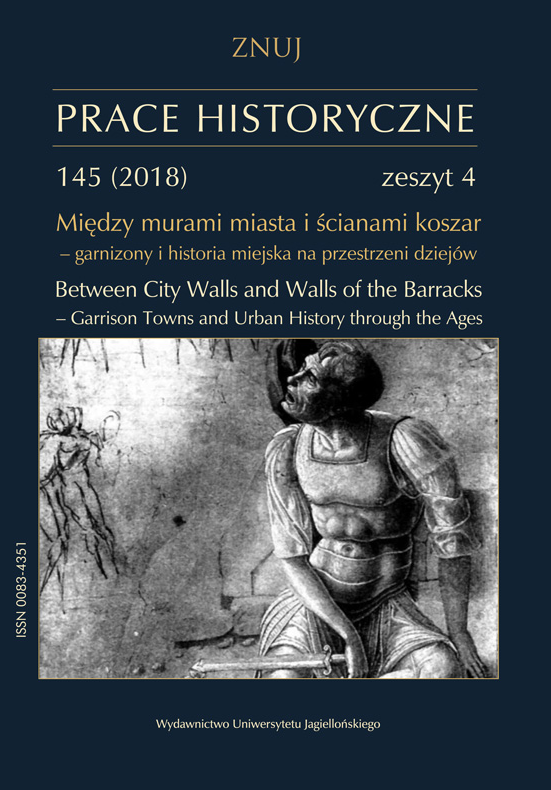TWIERDZA ASEMUS W V–VI WIEKU
THE FORTRESS OF ASEMUS IN THE 5TH-6TH CENTURIES
Author(s): Stanisław TurlejSubject(s): Military history, Ancient World, 6th to 12th Centuries
Published by: Wydawnictwo Uniwersytetu Jagiellońskiego
Keywords: Late Antiquity; Byzantium; Asemus; Theophylact Simocatta; Procopius of Caesarea;
Summary/Abstract: Theophylact Simocatta’s account of the conflict between the soldiers and citizens of the city of Asemus with the Roman general Peter, the commander of the imperial army, frequently appears in scholarly literature, however, it is inappropriately used to describe the situation in the territories on the Danube during the reign of Emperor Maurice. This is due to lack of a comprehensive analysis of this account as well as to the reflections on the history of this city in the 5th–6th centuries. So far, historians have not exploited the potential of comparing the functioning of the garrison in Asemus in the late 6th century with the attested solutions used in the defence of Thermopylae in connection with Justinian I’s military reforms. A garrison was stationed in Asemus by an imperial privilege, and it could be used outside the city only on the Emperor’s order. The general had no right to include these soldiers in his army without the appropriate imperial document. Peter’s unlawful actions were resisted by the local soldiers and citizens alike. The bishop’s role in this conflict should not be overestimated, since he played an important role only as far as the possible violation of the right to asylum in a church was concerned. The appearance of a garrison of professional soldiers in Asemus and the fact that the city was a bishopric seem to indicate that it experienced a revival in the 6th century, during the restoration of the Empire’s rule over the territories on the Danube after the death of Emperor Anastasius.
Journal: Prace Historyczne
- Issue Year: 145/2018
- Issue No: 4
- Page Range: 737-754
- Page Count: 18
- Language: Polish

